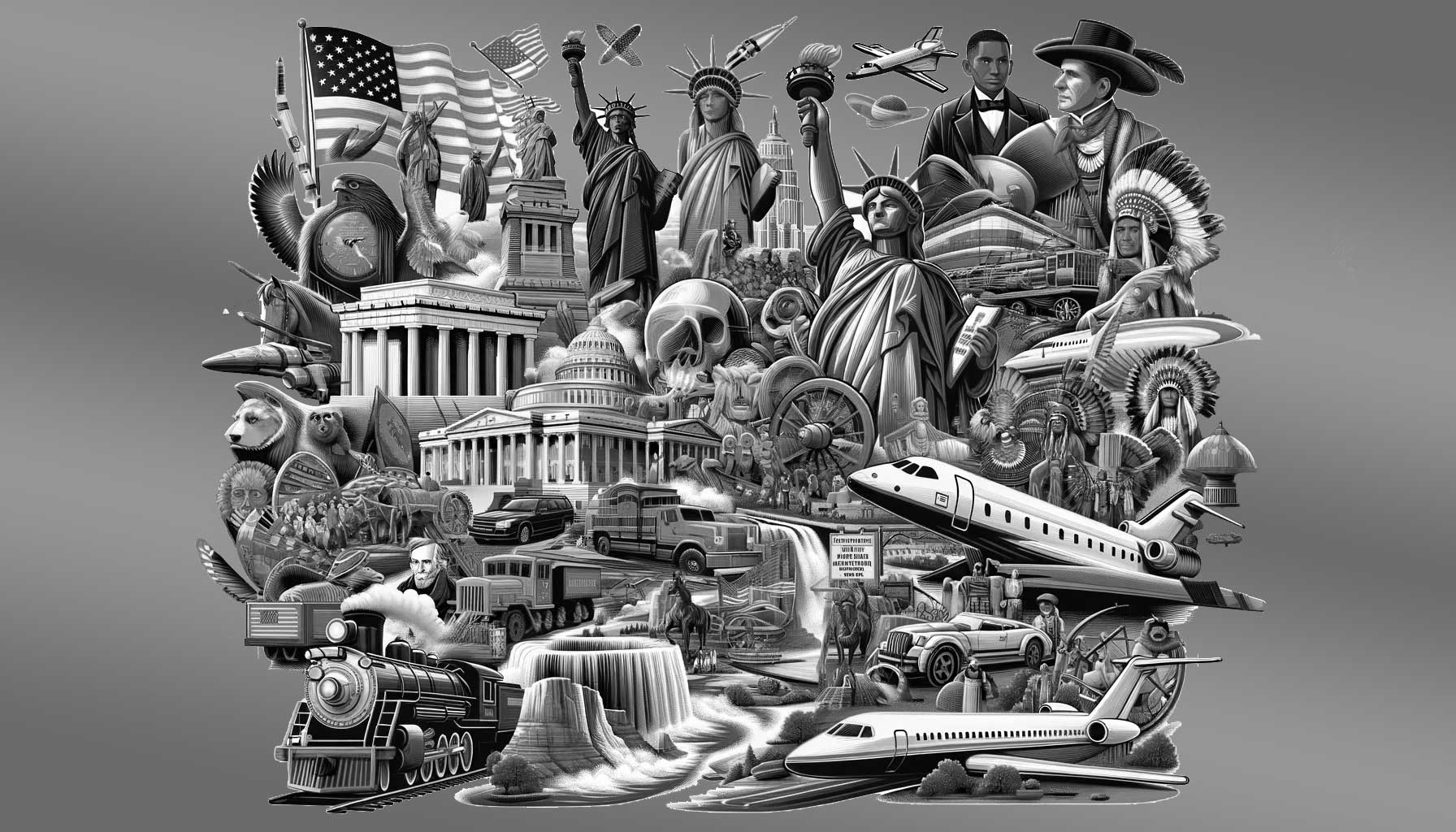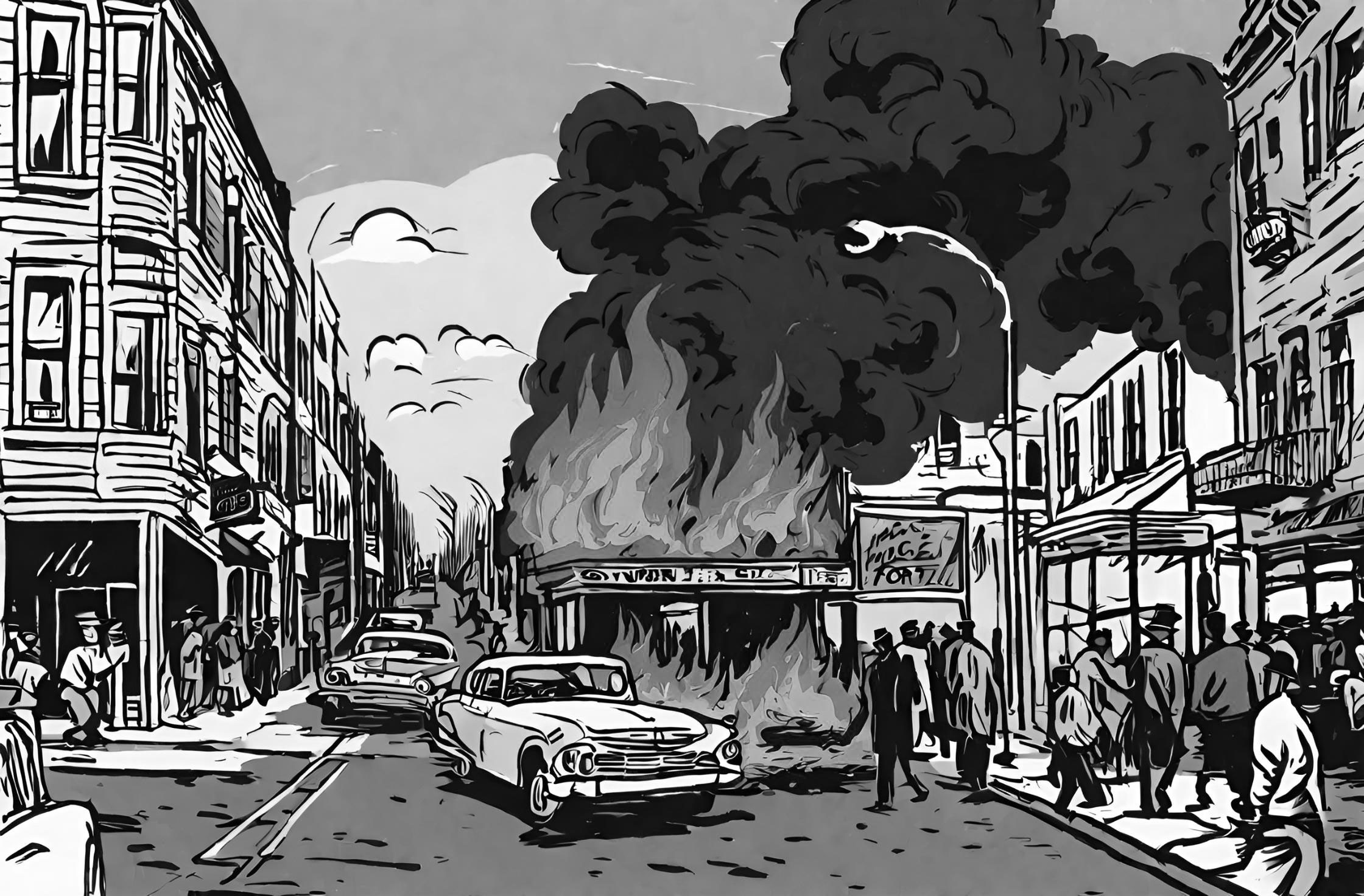Flashback to July 18
American History

On January 6, 1639, a significant event took place in the colony of Virginia. It was a decision that would have far-reaching consequences and would shape the future of the tobacco industry in America. This event marked the first time that a colony ordered the destruction of surplus crops, specifically tobacco.
Tobacco had become one of the main cash crops in Virginia during the early 17th century. It was in high demand in Europe, particularly in England, where it was seen as a luxury commodity. The cultivation of tobacco had brought prosperity to the colony, with many farmers relying on its cultivation as their primary source of income.
However, the abundance of tobacco led to oversupply, causing prices to plummet. This downturn in prices threatened the economic stability of the colony. To combat this, the Virginia colony decided to take a drastic and controversial step. They ordered the destruction of surplus tobacco crops, a move that was met with mixed reactions.
The decision to destroy surplus crops was not an easy one. Many farmers were outraged at the idea of destroying their hard-earned harvest. They argued that it was a waste and that the surplus could be stored for future use or sold at a later time when prices recovered.
However, the colony’s leaders believed that by destroying the surplus crops, they could stabilize prices and ensure the economic viability of the tobacco industry in the long run. They hoped that by reducing the supply of tobacco, demand would increase, thus driving up prices and benefiting the entire colony.
The order to destroy surplus crops was carried out with great reluctance. Farmers had to comply, but they did so begrudgingly. The destruction of their crops was seen as a significant loss and a blow to their livelihoods. Many struggled to recover from the financial impact of this decision.
The repercussions of this event extended beyond the immediate loss for the farmers. The destruction of surplus crops had a profound effect on the tobacco industry in America. It demonstrated the colony’s willingness to take drastic measures to protect its economy, even at the expense of its own citizens.
The decision also highlighted the volatile nature of agricultural markets and the challenges faced by farmers, who were often at the mercy of external factors such as fluctuations in demand and prices. It raised questions about the role of government in regulating and stabilizing markets.
In the long term, this event had mixed results. While it did stabilize prices temporarily, it also created an environment of uncertainty and mistrust among farmers. Many began to question the reliability of the tobacco industry as a source of income and started seeking alternatives.
Over time, more diverse industries and crops emerged in Virginia, reducing the colony’s reliance on tobacco. This diversification helped to protect the economy against future downturns in the tobacco market. It also laid the foundation for the agricultural diversity that exists in the state to this day.
The decision to order the destruction of surplus tobacco crops in Virginia on January 6, 1639, was a momentous event in the history of American agriculture. It represented the colony’s attempt to stabilize prices and protect its economy, but it also had far-reaching consequences for farmers and the tobacco industry. By examining this event, we gain insights into the challenges faced by early settlers and the agricultural practices that shaped the American colonies.
We strive for accuracy. If you see something that doesn't look right, click here to contact us!
Sponsored Content

Race riot in Harlem,…
The race riot in…

US army air service…
On July 18, 1914,…

President Harry S. Truman…
On July 18, 1947,…

Lemuel Haynes, escapes from…
Lemuel Haynes, a former…

Rebecca Schaeffer is shot…
On July 18, 1989,…

In an event very…
On July 18, 1996,…

